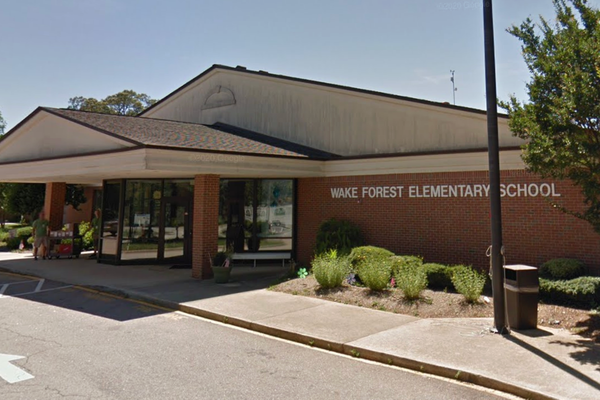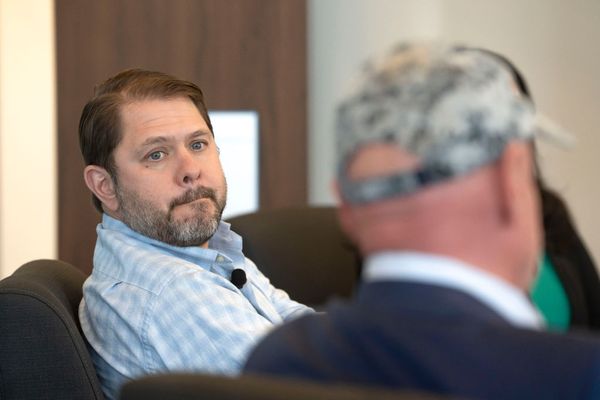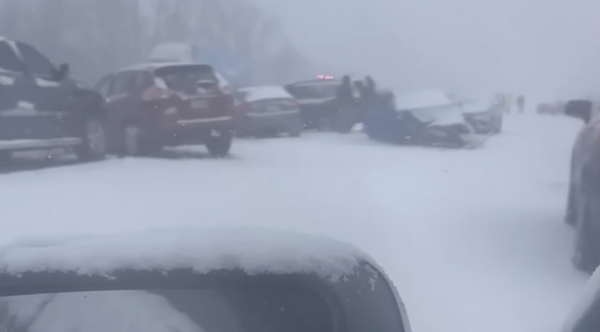If you're any type of motorsport fan at all, you know what Brembo is and what it does. There's a reason the company's name is synonymous with motorsport. And also, why its products are as highly sought after by both racers and those of us who just look up to racers while we flog our customer-grade machines through the streets.
2025 marks Brembo's 50th anniversary in motorsport, a fact it was extremely pleased to share with the world as the title sponsor of the 2025 MotoGP Brembo Grand Prix of Italy at Mugello.
As the pinnacle of two-wheeled motorsport, MotoGP isn't a spec series. There are different manufacturers on the grid, and they have certain rules they must adhere to; but using spec componentry as far as brakes are concerned isn't in the rulebook. Teams could, theoretically, choose to partner with other manufacturers.
But they don't. They all choose Brembo.

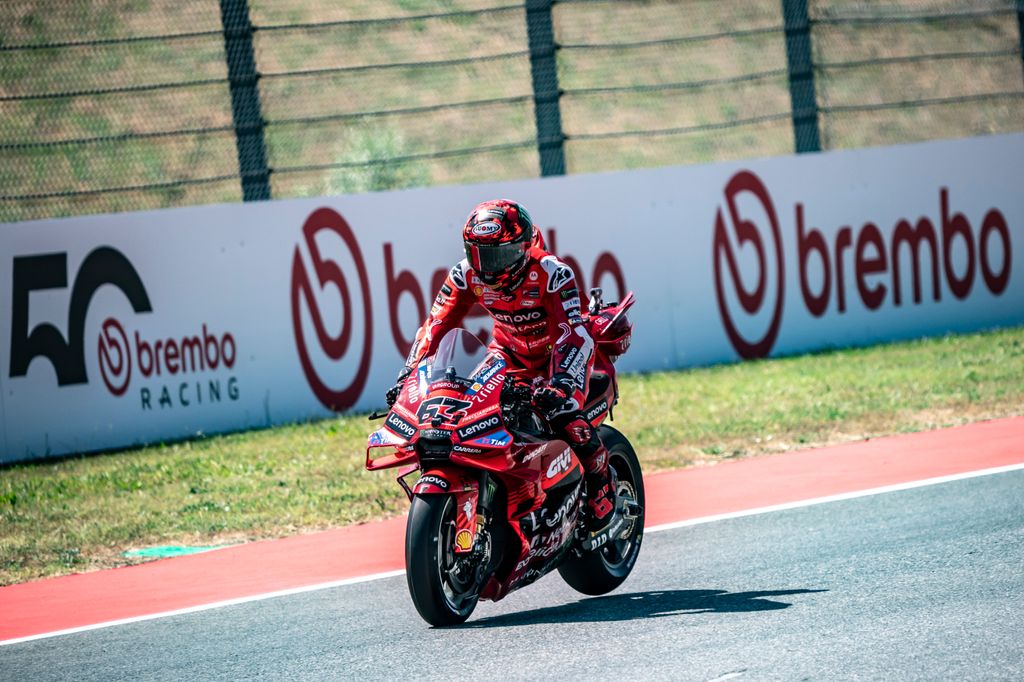
Does Brembo ever tell MotoGP teams what to do?
Each and every race, Brembo's dedicated racing engineers meet with each team's race engineers to work out the best options for the race weekend and racer. In the MotoGP paddock, by the way, there are just two Brembo Racing engineers (and one supervisor) who take turns traveling to each and every MotoGP event on the calendar.
As Brembo Racing engineer Mattia Tombolan told me, Brembo's job as a supplier is to work with each MotoGP team's race engineers. They can offer advice about what rotors to use for a given track, but it's not up to Brembo to decide. It's up to the individual racers and their team to make a choice, and then Brembo will provide whatever they request for the weekend.
No matter whether you're a die-hard or a casual fan, you've no doubt heard at least one person refer to MotoGP as the F1 of motorcycle racing in the past. In some ways, that's true. Both are widely considered to be the pinnacle of their respective racing worlds (two- and four- wheels), and both involve bespoke prototype racers built according to the current editions of their respective sporting regulations handbook. Both also feature some of the most talented racers you're likely to see, and who've all been training practically ever since they could walk.
But in some ways, they're different.
One of those ways, says Tombolan, is in their brake caliper requirements. Brembo Racing provides braking solutions for both series. While MotoGP racers up and down the paddock all use the same calipers with only minor differences between them, the same can't be said for F1. There, he says, the teams all choose different calipers, with a variety of specifications. Full details are, of course, top secret.
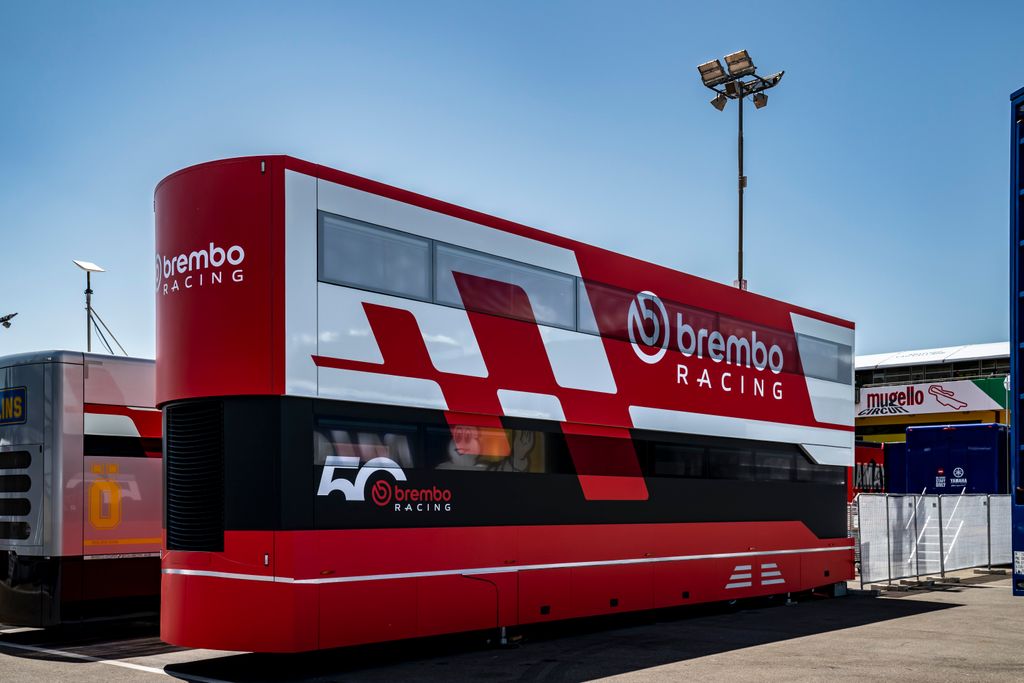
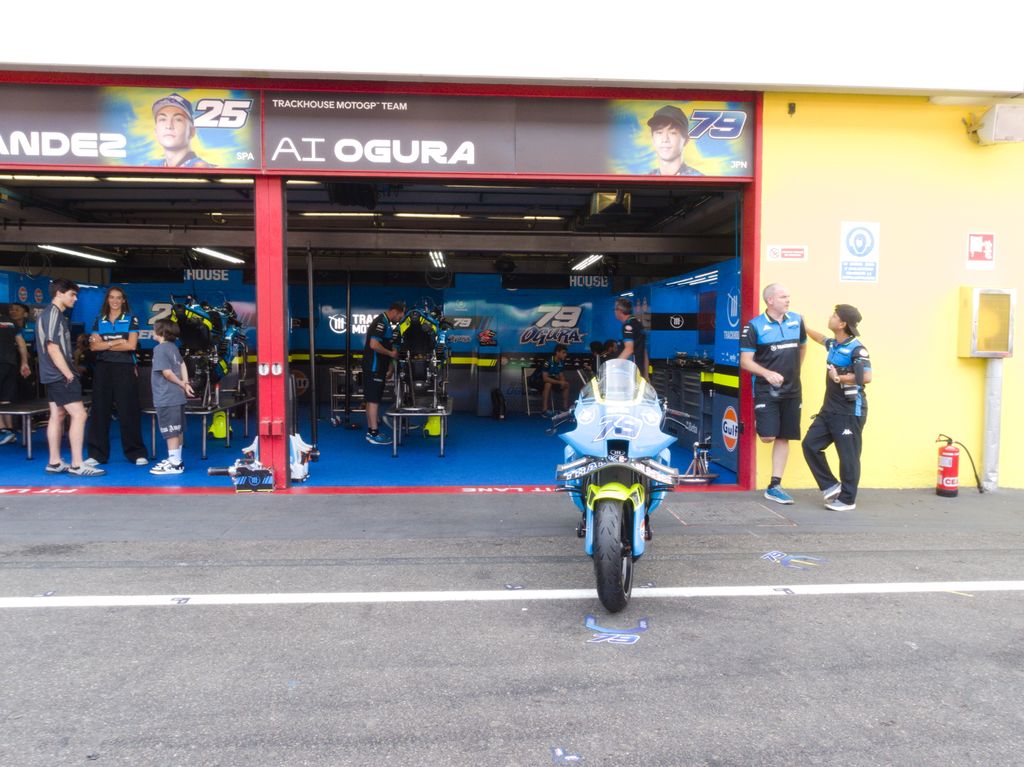
What's a MotoGP race weekend like for Brembo Racing?
Unlike you or I on our street bikes for a nice weekend ride, MotoGP racers go through more than one set of brake pads and rotors in a racing weekend.
How many sets exactly may vary, but Tombolan told me that MotoGP riders will typically start bedding in a new set of their specified brake pads and rotors on the Thursday of a race weekend, during the first practice sessions. Throughout Friday through Sunday of any given race weekend, they will then cycle through between three and four sets of pads and rotors from the previous race weekend, on average. Each set is carefully tracked, and will be cycled out of use accordingly.
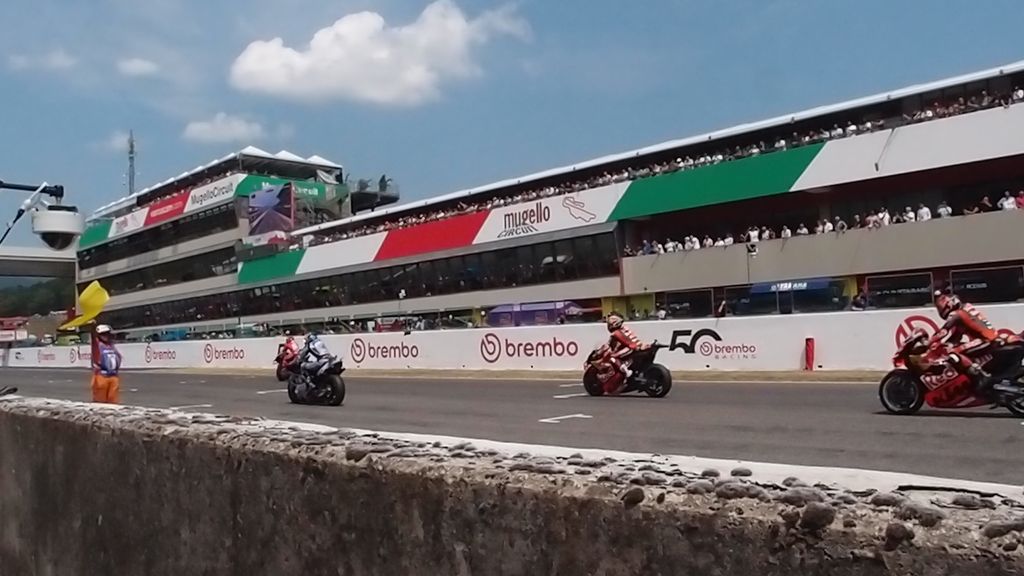
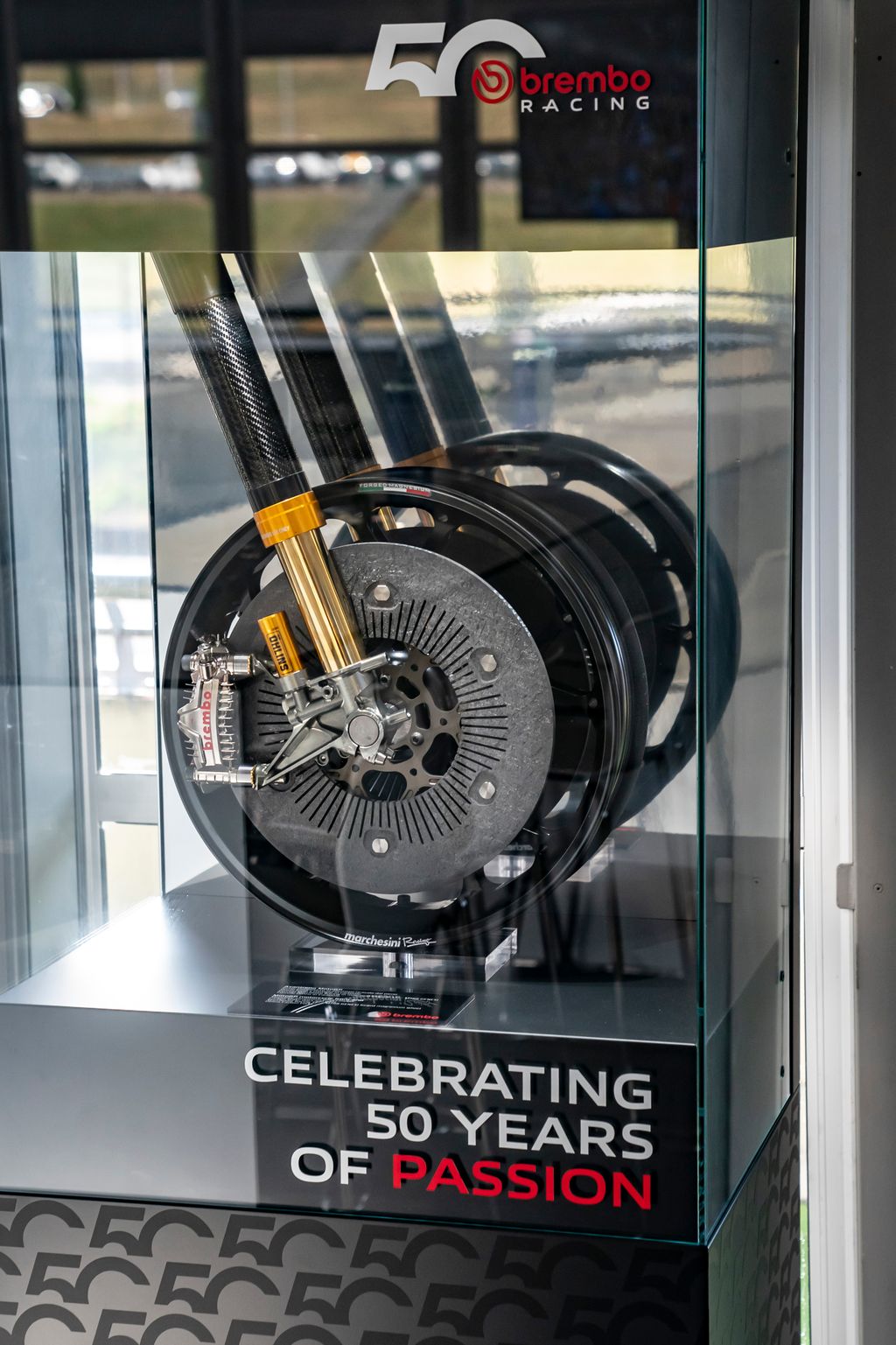
How does Brembo provide braking systems for other motorcycle racing series such as Moto2 and Moto3?
As you can probably imagine, providing braking solutions for the entire MotoGP paddock leads to a boatload of data for both the teams and Brembo Racing to analyze during and after every race weekend.
Interestingly, Tombolan told me that individual system components used in MotoGP can't be more than four years old. However, unlike some of the other systems on MotoGP machines (think ride height devices and winglets), the braking systems don't necessarily change that much from year to year. Developments are made based on data gathering, of course, but the pace of change in braking systems is more incremental than in some other areas of overall team racing development.
At the same time, Brembo Racing is learning new things to further develop its MotoGP braking components, it's also applying what it's learned to its Moto2 and Moto3 offerings.
How quickly do developments trickle down from the top series to the two supporting series? According to Tombolan, it can happen as soon as possible if they see a major benefit on the horizon. Sometimes, he said, it can happen in as little as a month; it depends on what Moto2 and Moto3 teams want (and have funds available to allocate).
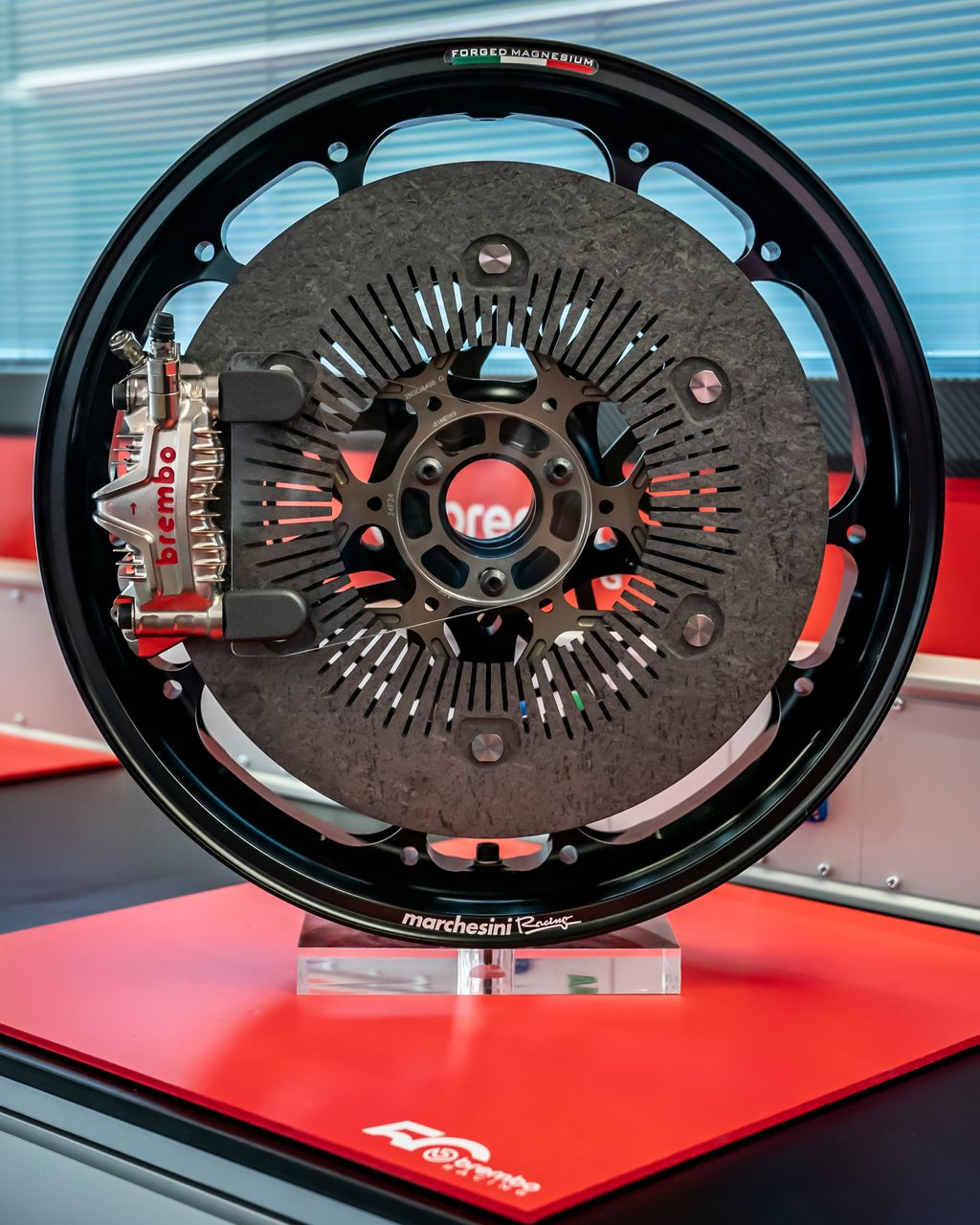
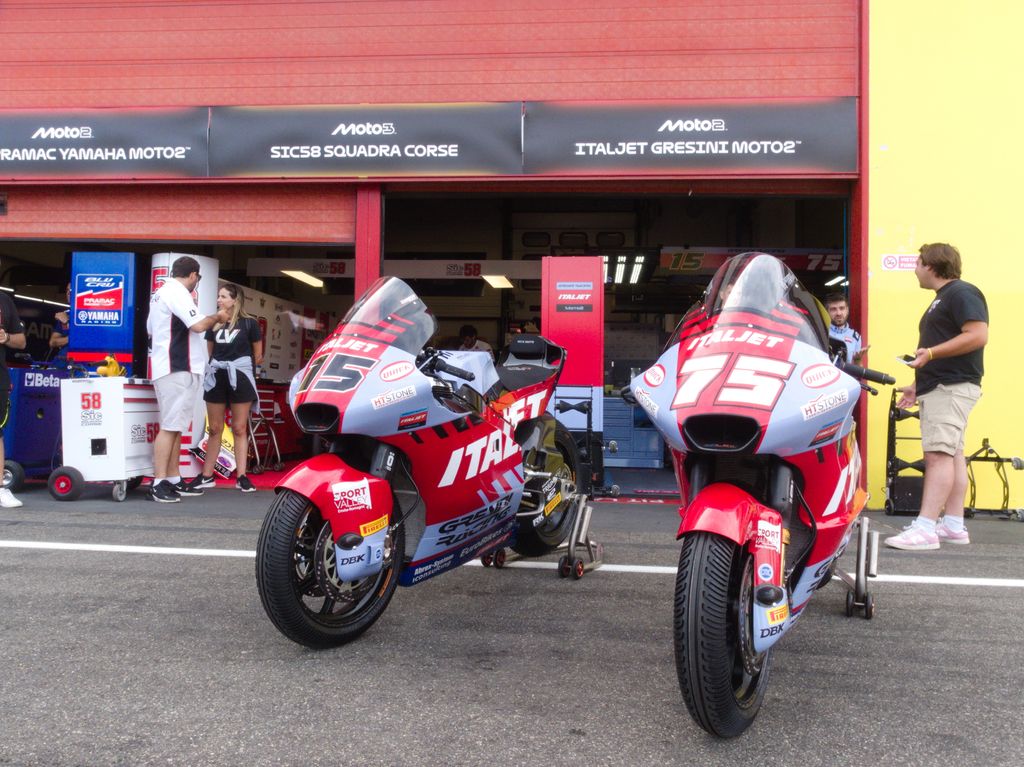
Is there a significant difference for EV motorcycles, such as the MotoE series?
While MotoE has essentially been a one-make series since the beginning, it has also changed manufacturers over the relatively short course of its lifetime as a series. As Energica Motors is currently struggling back to life under potential new ownership, it's worth remembering that the firm held down the first few years of bringing the MotoE series to life (not to mention making some memorable appearances in the MotoAmerica Roland Sands Super Hooligan series in the US).
Currently (pun unintended, but I'll allow it), the series is in the hands of Ducati, with its EV V21L bikes. And regardless of manufacturer, Tombolan said, Brembo Racing has been there in MotoE since the very beginning.
As you may be aware, EV bikes (even race bikes) tend to be quite a bit heavier than their combustion counterparts. Current battery chemistries and technologies being what they are, there's only so much that teams can do to keep bike weights down as much as possible. And of course, there's the question of the mega torque that even the tiniest little EV standing scooter can produce, amped up by several orders of magnitude on the likes of the EgoGP or the V21L.
So how do braking solutions for EV racing motorbikes differ from those on MotoGP bikes? According to Tombolan, they're more in line with what's supplied to World Superbike teams (which, surprise surprise, also use Brembo Racing solutions). Instead of the carbon ceramic MotoGP discs, robust steel discs are used on MotoE bikes, which can better cope with the forces, weights, and physical demands required by those machines.

How quickly do Brembo Racing MotoGP developments find their way to street-level OEM braking components?
Particularly on modern superbikes, we have a lot to thank MotoGP for in terms of both development and styling. While you probably won't get the full benefit of winglets on the street (or at least, you shouldn't if you're riding responsibly for your environment), you might feel a difference at track days, or if you're a club racer. And, I mean, they do look kind of cool, even when they're standing still.
But in terms of braking, MotoGP-derived learning can find its way to OEM-level components in around one to two years, Tombolan told me. There's only one Brembo Racing factory in the world, and it's in Curno; meanwhile, there are multiple Brembo OEM factories making customer components around the world.
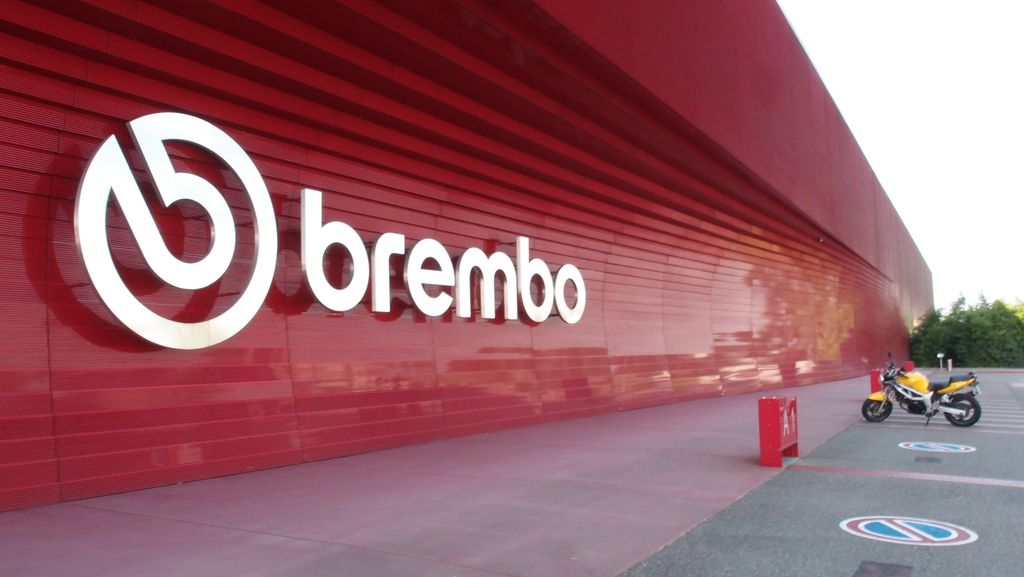
The Brembo OEM factory in Bergamo is located in a beautiful building known as the Kilometro Rosso (I'll be writing more about the OEM side in a separate piece; stay tuned), but one particularly fascinating thing about how Brembo operations work is that the two divisions are in constant communication with each other.
While different teams at Brembo have different specialties, they aren't kept siloed away from one another. Instead, the Brembo culture encourages communication across levels, and between different teams. You never know when a conversation will inspire a breakthrough with problem-solving, or at least looking at something with new eyes. Turn your head and squint; I've used this analogy elsewhere, but things often look different when you do, no matter what you're looking at.

Now that Öhlins Racing is under the Brembo umbrella, how soon can we expect closer racing-focused developments between the braking and suspension specialists?
Since the deal came together, naturally Brembo and Öhlins personnel have been in communication. However, Tombolan says that closer Racing developments, specifically, are probably still a few years out.
They're still working out the best strategies to bring it all together, and he expects that it might all come together for the 2027 season, at the earliest.

